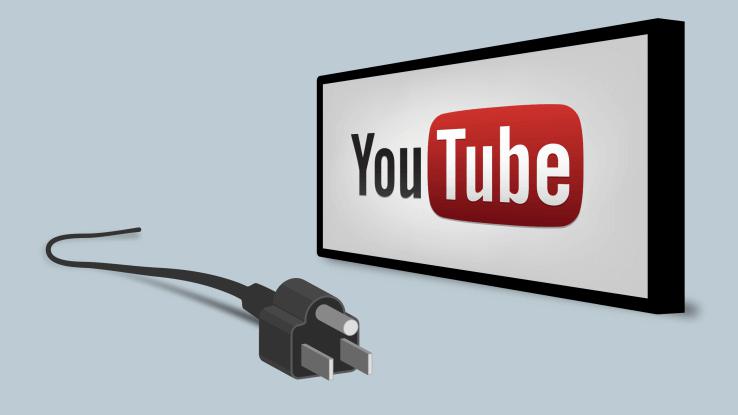If you are new to video hosting, you have repeatedly asked questions: “What does the Standard License for YouTube mean? What does it affect? Is it possible to use such videos and how? ”, But could not find the answer. This article will cover the terms Standard License and Creative Commons in detail, as well as copyright.
How was the video network formed?
Before dealing with the question: “What is a standard YouTube license?”, You need to familiarize yourself with the history of its creation. One of the most popular video hosting systems in the world was founded in 2005 by close friends - Chad Hurley, Steve Chen and Javed Karim. After the New Year, friends decided to share their high-volume videos. But large files did not move through mail, and there was no public resource on the World Wide Web. This led the guys to create a completely new social network YouTube.
Having the experience of a site designer, Chad Hurley was able to recreate the interface of the site, came up with a logo. System settings involved Steve Chen and Javed Karim. After a successful launch, videos were posted on the site, the time of which was not more than 10 minutes. And after just 10 months, this social network was able to bring huge profit to the creators and became one of the most popular.
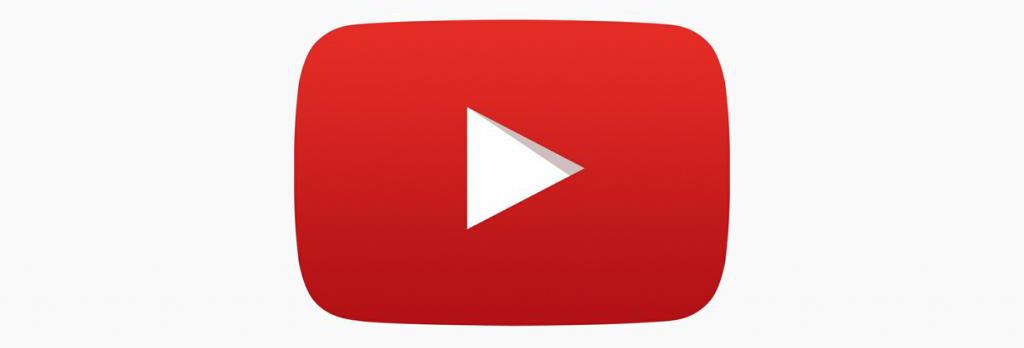
YouTube is still improving today. The interface is simplified, the shadow features of the logo are changing. Any user can register in this social network, so that you can start earning money successfully.
What does it take to create a channel?
If you do not already have an account, then first go through a brief instruction on creating it:
- First you need to register with Google. This is an important and necessary condition.
- After registration in the “My Channel” tab, fill in all the necessary parameters. You cannot directly change the avatar, email, and first and last name. To do this, use your Google account.
What is copyright?
First you need to deal with copyrights and their features, and then proceed to the selection of a license. YouTube over a long period of time carefully protects unique content with the author’s personal elements, i.e., individual video and audio materials. Many bloggers do not take this factor into account and often violate copyrights in their video files (I use other people's videos, inserting them into my videos), thereby jeopardizing the existence of the channel.
Copyright is a complex and multi-stage term that allows each person to create unique content without risking losing authorship. If you use copyright information, for example, on YouTube, then upon its discovery, penalties with any restrictions will be attributed to your account.
The standard YouTube license is subject to copyright.
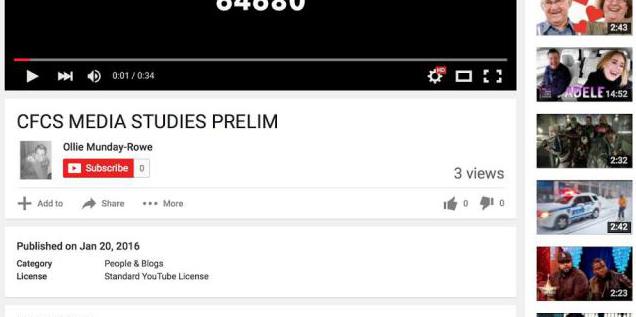
What types of YouTube licenses are there?
After the term "copyright" has become known to you, and you have become familiar with the consequences of its violation, you need to understand the types of licenses on the video platform. There are 2 types of licenses in total:
- YouTube standard license. It means that the content is copyrighted and its use (music, the video itself, quotes, etc.) for personal purposes is unacceptable. During operation, you may be fined up to blocking video content or deleting a channel.
- Creative Commons License on YouTube. This type of license means that you can use the provided videos for personal purposes without preliminary processing in the video editor.
There are also some videos on which the standard YouTube license is installed, but the author himself allows them to be used. In such cases, you need to perform several actions in order to protect your content:
- Contact the author and check if his video can be used for personal purposes. It will not take much time and effort, but you will be sure of the accuracy of his words.
- Ask to change the license.
- Take screenshots of correspondence or a video in which the author says that he allows the use of his individual content. If penalties are attributed to you, then you can easily cancel them.

What is Creative Commons on YouTube and how does it work?
With the standard YouTube license, it has become increasingly clear. Now you should pay a little more attention to the public license.
- Thanks to this license, you can "upload" user videos to your channel, but with a mandatory attribution.
- You can use them for personal purposes to promote content, to show the audience. Only for use should a public license also be indicated.
- If you are using Creative Commons licensed video or audio files, you must also install it instead of the standard one.

Where to get public content from?
Now you need to touch on the topic of content that is available both for personal use and for editing. These are not only videos licensed under Creative Commons, but some others:
- Outdated videos.
- Government resources, i.e. the information that is laid out by the government of the country of residence of the person who uses it.
- Music (audio) files can be used directly on the platform itself. You need to open the "Settings" and the next step to get to the "Creative Studio", where a list of music suitable for personal use will be presented.
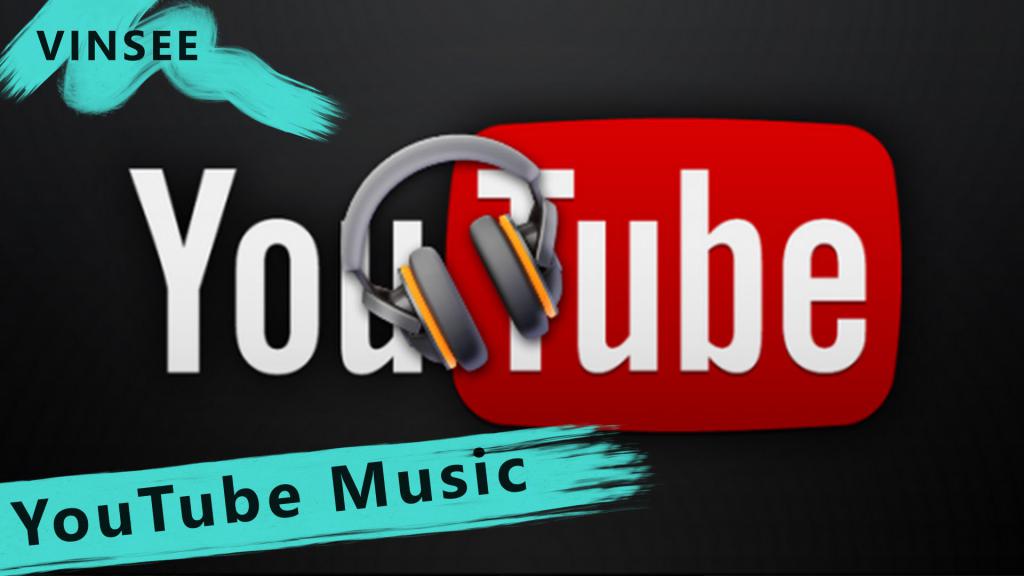
If you need sound effects, you can use them without fear - most of them are free and have a public license. You can also find music licensed under Creative Commons in the Free Music fold. When using it, choose a public license.
How to find public content?
In order to find audio and video files that are in the public domain, follow these steps:
- Videos. Since YouTube now supports specifying a license, you need to search for files in the public domain. To do this, use the internal search for a social network. Select the Filters tab. In the window that appears, you must set the type of license Creative Commons. After that, you can select any video file you like.
- Music. With audio files, everything is much simpler. It is enough to get into a creative studio and choose any music file you like from the ones offered.
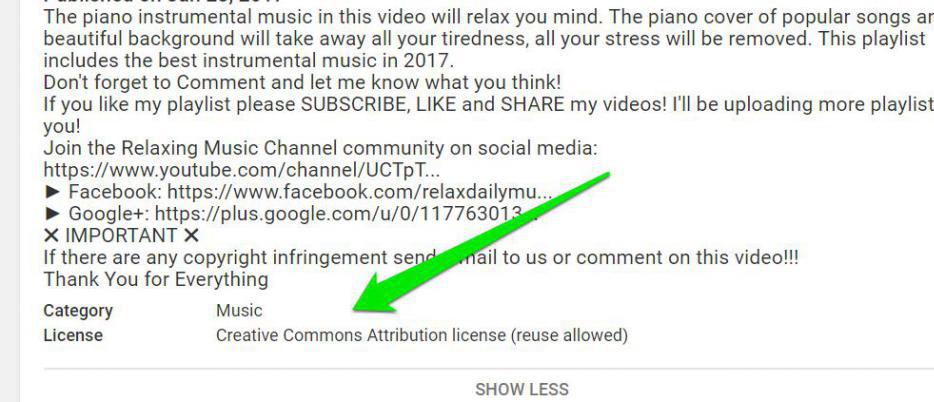
Features of the Russian-language "YouTube"
There is also such information that you can use for your personal purposes and indicate a standard license. You can download any audio or video file in a foreign language, then start translating it (subtitles), or add voice acting. After that, when re-publishing the project on your channel, you can not worry about copyrights.
This procedure is charitable, therefore it is allowed on a video platform. But still, when using the material, you should be careful.
Conclusion
The standard YouTube license implies copyrighted content that is not publicly usable. If the rules are not followed, penalties may be imposed up to the removal of the channel. The Creative Commons license allows the author to use the proposed content for personal purposes, but with one condition. During operation, a public license must also be issued.
